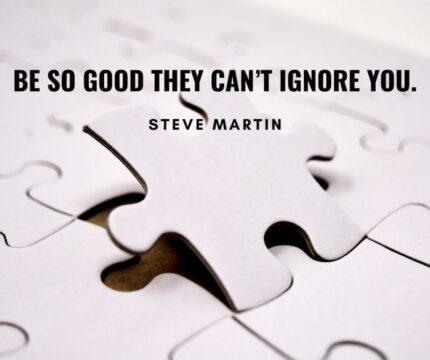Hints on How to Self-Edit
So the writer who breeds more words than he needs, is making a chore for the reader who reads. Dr. Seuss
Writing the first draft of your manuscript may be the easiest part of writing a book. The words and ideas flow from your mind, out your fingers, and onto the page. Editing that first draft is hard work that requires a lot of time and tough decisions.
Personally, I love revising and editing. I was a technical writer/editor for many years, working on government documents and things read only by people paid to read them. Since retiring in 2014, I’ve been learning to write and edit fiction and hoping people will read my books because they’re good. That learning process will never end as I strive to write better and edit more efficiently.
I’m sharing self-editing tips that I’ve learned over the years so that you can also edit your manuscript before sending it out to be read by others, namely beta readers and professional editors. Self-editing does NOT replace sending your manuscript to a professional editor. It’s getting it ready to send to one. The more work you do yourself, the less time and effort your editor has to spend on it. That’s important when your editor charges by the hour.
- Editing is more than correcting grammar and punctuation. Just because you or a friend did well in high school English class doesn’t mean you can edit fiction and nonfiction. Using programs like Grammarly are helpful, but don’t provide the deep dive into the structure, character development, flow, points of view, and a myriad of other factors in writing a good book. Find an editor who knows what they’re doing and let them help you make your book shine.
- Does your book start in the right place? Most often, the story starts before the action begins. The opening sentence and paragraph must set the tone, set the stage, and introduce the characters and their dilemmas from the start.
- Conversation is not dialogue, and good dialogue is not conversation. Dialogue must have purpose, show conflict, create tension, advance the story, and/or reveal more about the characters. Excessive dialogue slows the flow. Monologues are boring.
- No head-hopping. Changing the Point of View (POV) in the middle of a scene is confusing to the reader and one of my pet peeves. It pulls me out of the story while I try to figure whose voice I’m reading. Stay inside the same character’s head for the whole chapter or chapter segment. The character cannot know what the others are thinking other than by interpretting body language, actions, or facial expressions. When changing POV, start a new chapter or put in a break to signal a change.
- Setting provides a place for your story to take place and even a character in your story. Without setting, your dialogue becomes nothing but talking heads or action that takes place in a black space. Have the setting become integral to the characters and story.
- Pay attention to where your characters are and what they’re doing. I’ve had characters stand up twice in a scene without sitting in between. I’ve had characters who left the room magically rejoin the conversation without coming back in. Details. Watch the details.
- Use powerful verbs that bring a hint of psychology with them. The word “run” has many synonyms that imply emotion. Instead of having a character run away, use words like flee or escape, both of which imply fear or danger. If your character saunters or skips away, it implies safety or happiness. Pick the strongest verb to describe the action as you can.
- Don’t be afraid to delete anything. Nothing you write is sacred and cannot be altered. Delete and rewrite so that your story is in its finest form. Delete the sagging chapters and scenes and the info dumps that slow the action. Delete the unnecessary and strengthen what stays.
- Make the first sentence the strongest one in the manuscript. First impressions count so open with the best you can make it. Do the same for the first paragraph, the first chapter. Hook the reader and pull them into your story at the beginning. Keep them on the line until that last page.
I constructed a self-editing worksheet to show my process in reworking my manuscripts. I hope you will find it helpful when you edit your own. As I said before, self-editing is a lot of work and hard decision-making. Edit with the reader in mind, not your ego.

